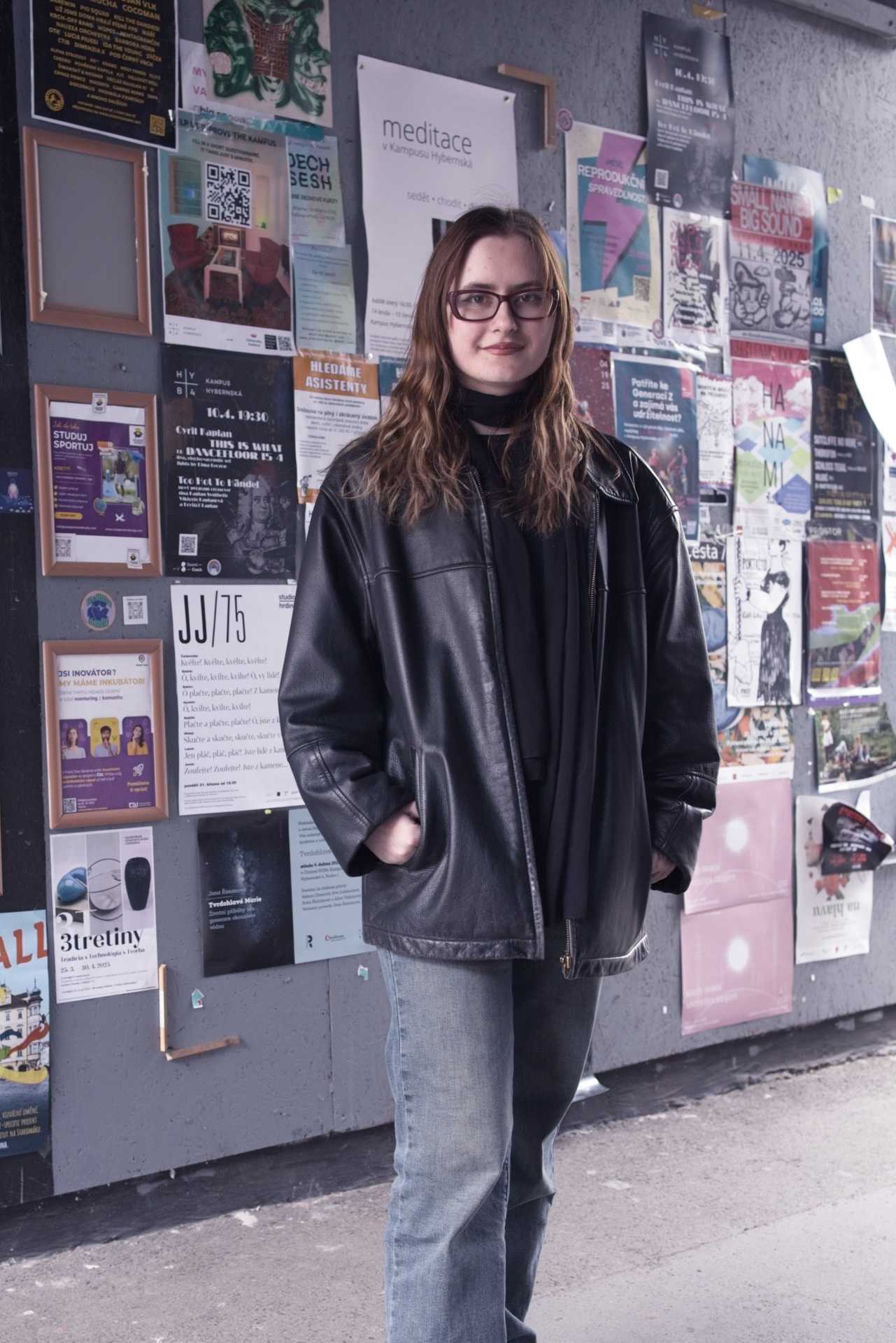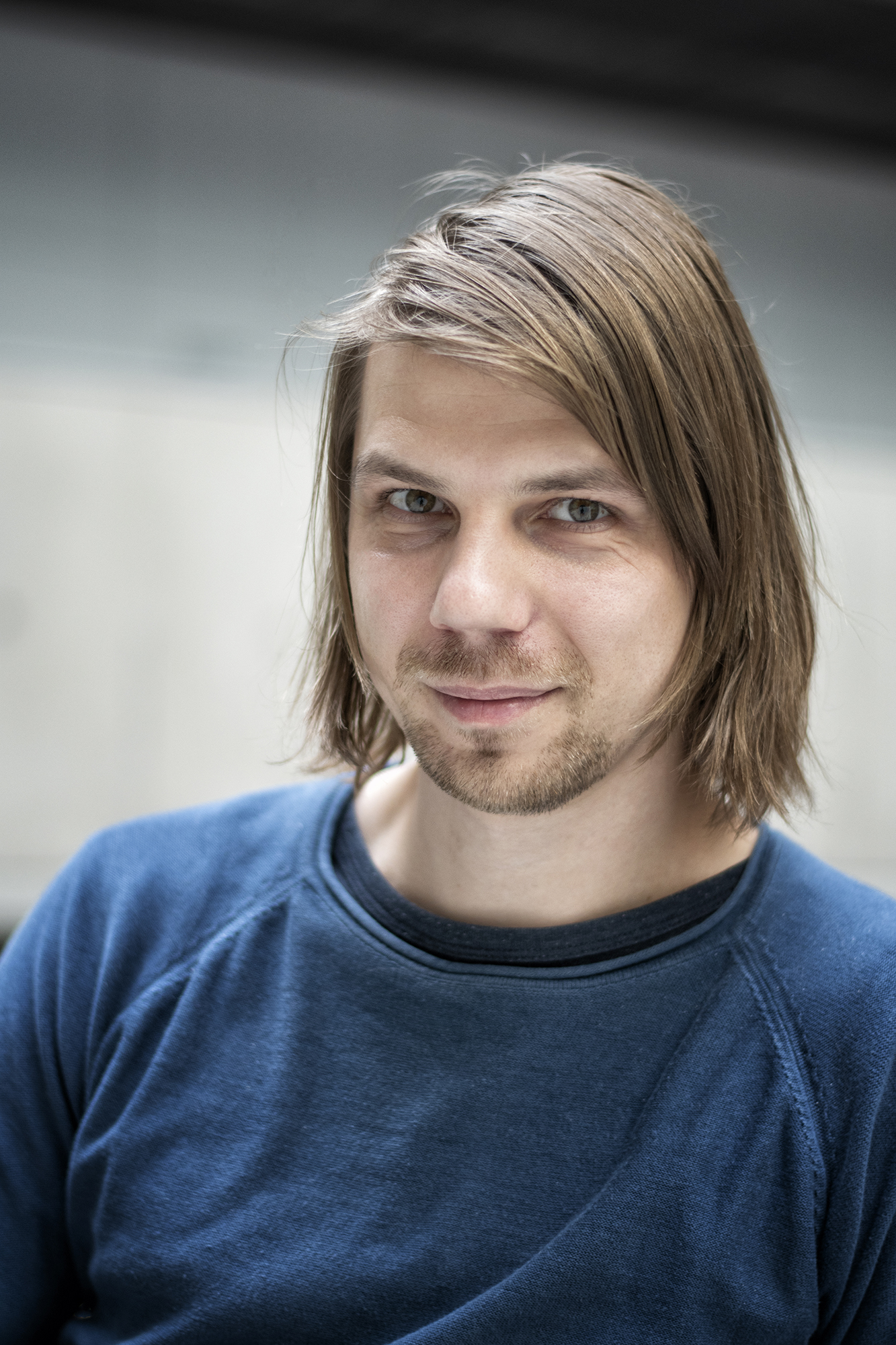Spatial perception in zero-G

Uncovering the best training methods for zero-g navigation
Astronauts on the International Space Station undergo rigorous training, including navigation skills, to adapt to microgravity, in which there is no fixed “up” or “down” and in which perceptual illusions, such as Visual reorientation illusions, commonly occur. This can lead to disorientation, posing significant safety risks.
One of the methods NASA uses to train their astronauts is VR. At the same time, spending time in a supine or tilted position is one of the analogs of microgravity on Earth. However, the impact of body position on navigation in simulated zero-gravity spaces remains unexplored.
Researchers are not new to investigating the effects of various body positions on spatial perception and navigation in VR. The effects of a non-upright position in VR on presence, perception of distance, and self-motion processing, to name a few, have already been studied. This project aims to contribute to this growing body of research by examining the potential differences in navigating a simulated zero-gravity space in a supine position compared to an upright position.
To achieve that, we will conduct an experiment in virtual reality consisting of three stages where, after a quick locomotion training stage, participants will have to first navigate and solve tasks in the model of the ISS with help in the second stage and then navigate the space station again, this time, however, without any help in the third stage. In this stage, the participants will be encouraged to complete the tasks as quickly and precisely as possible, as this is where the measurements (time taken to complete the task, navigation strategy, and the number of wrong turns taken) will be measured. This project is in its first stages of development.


